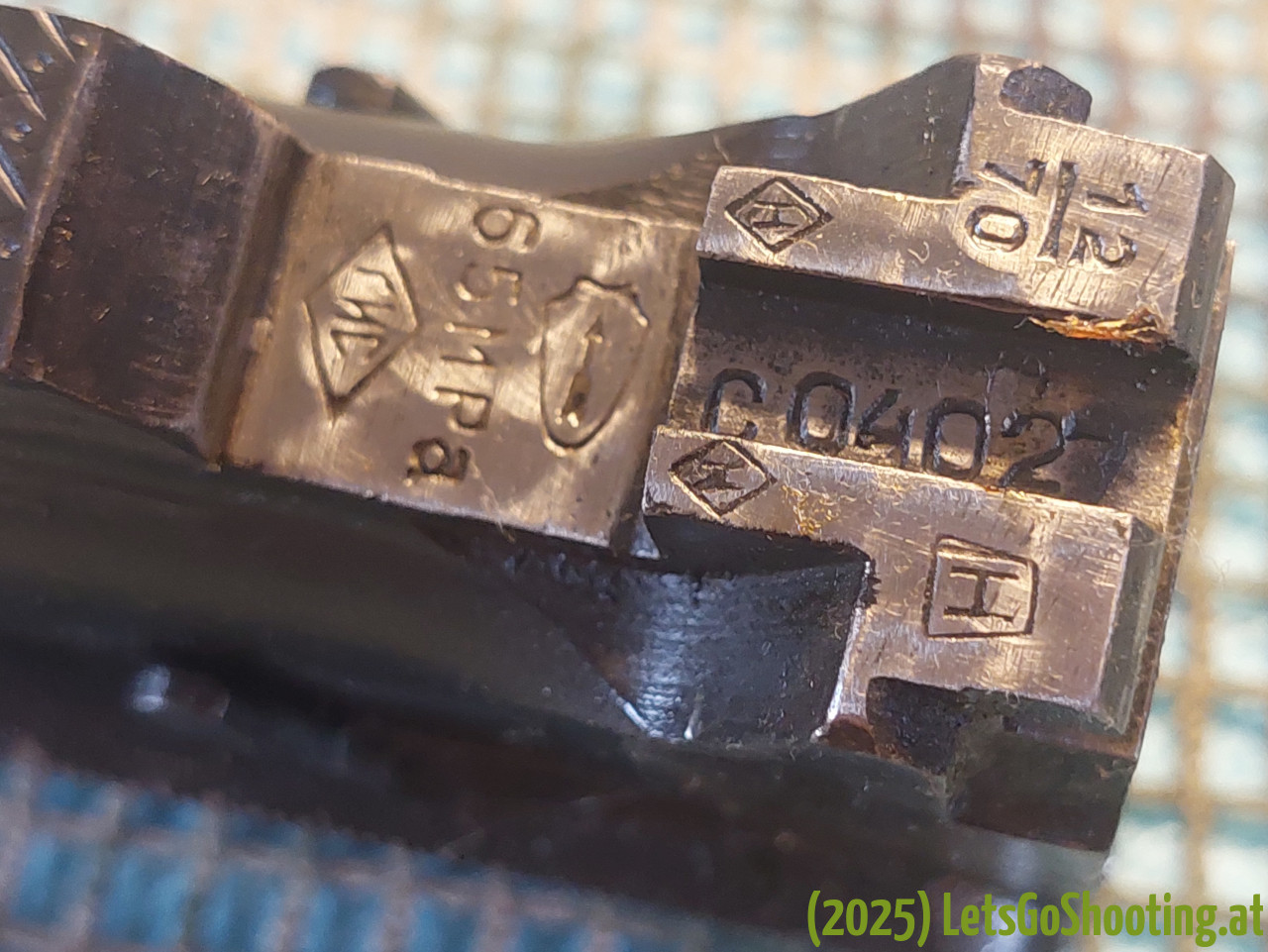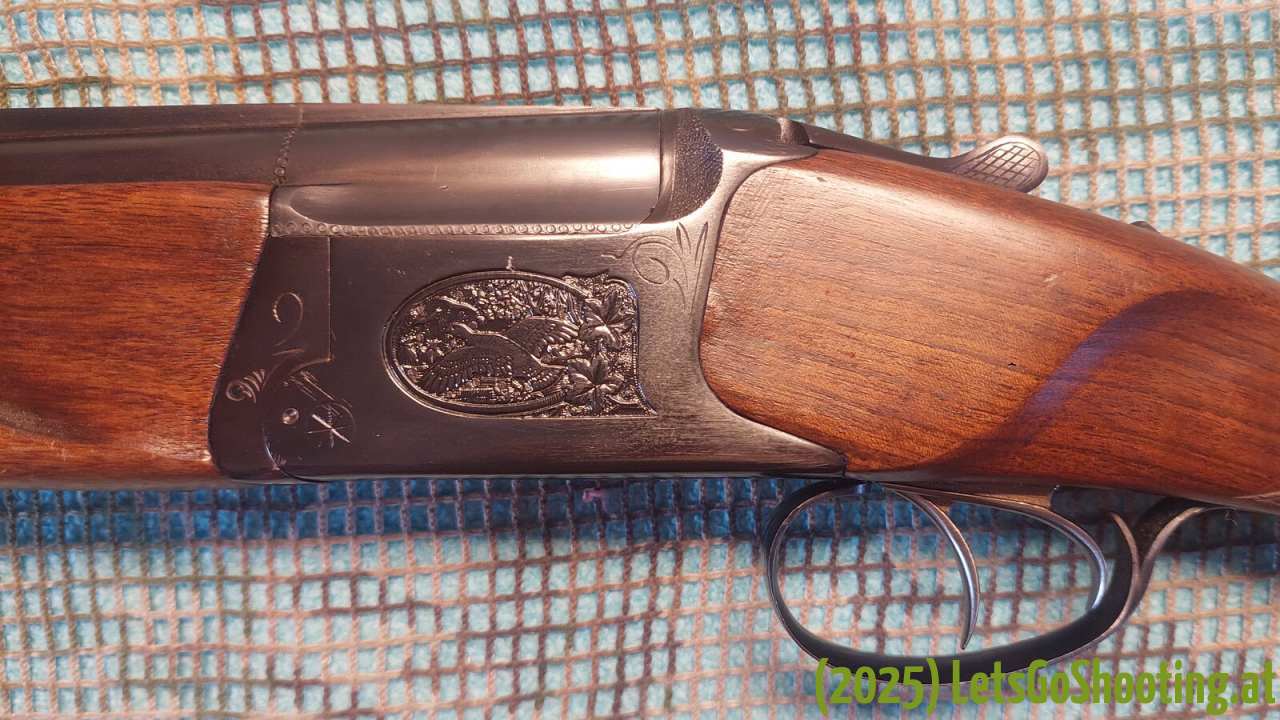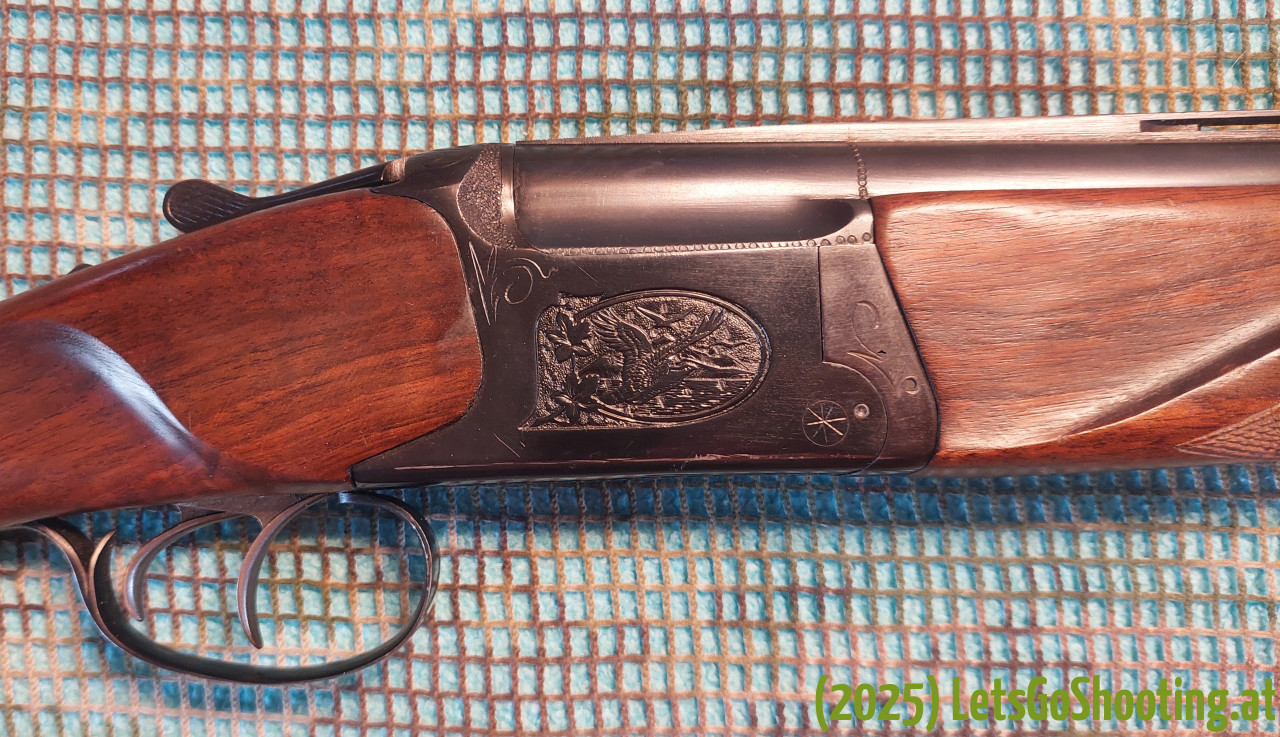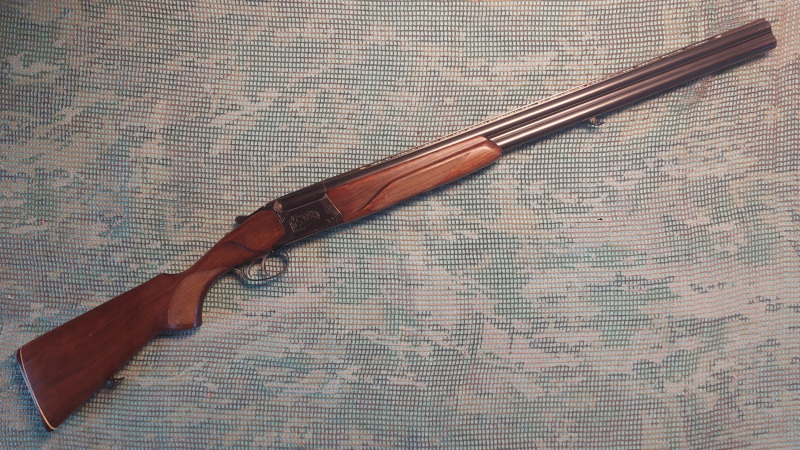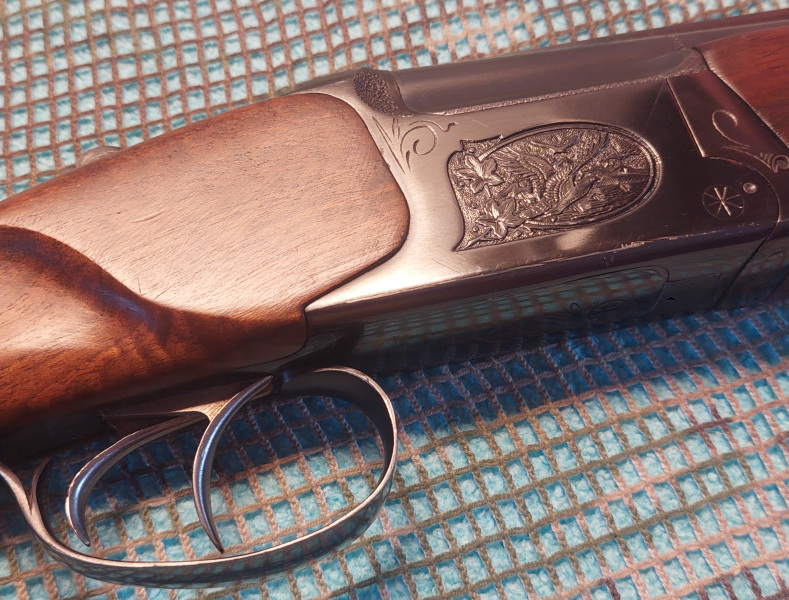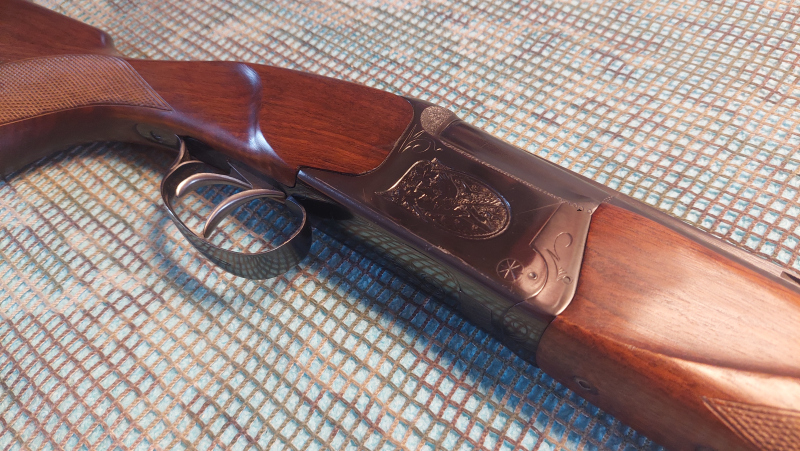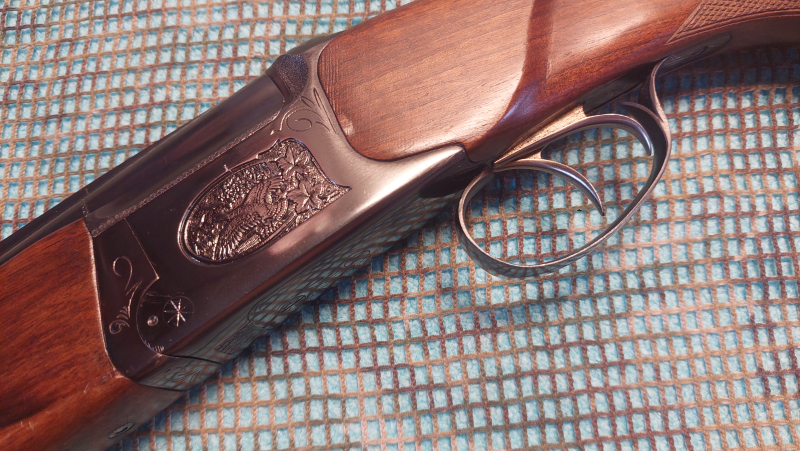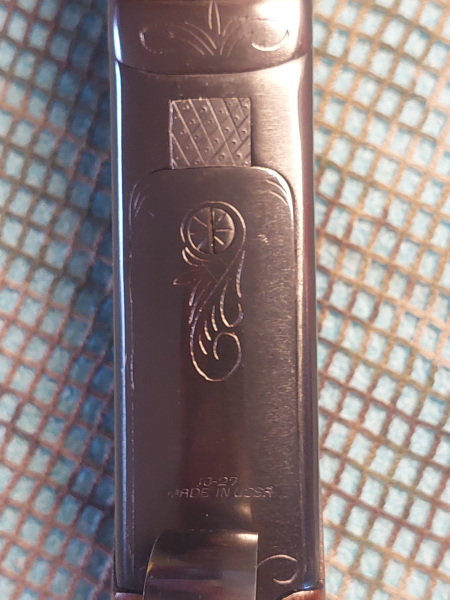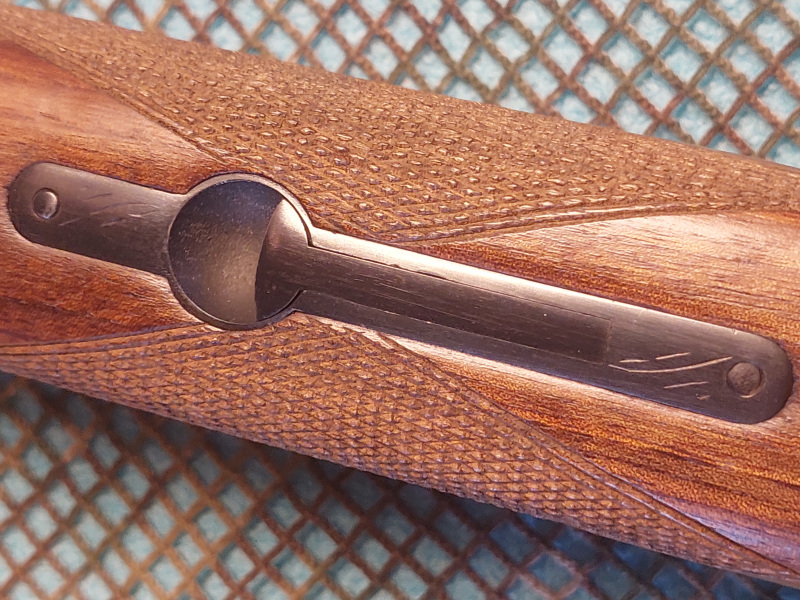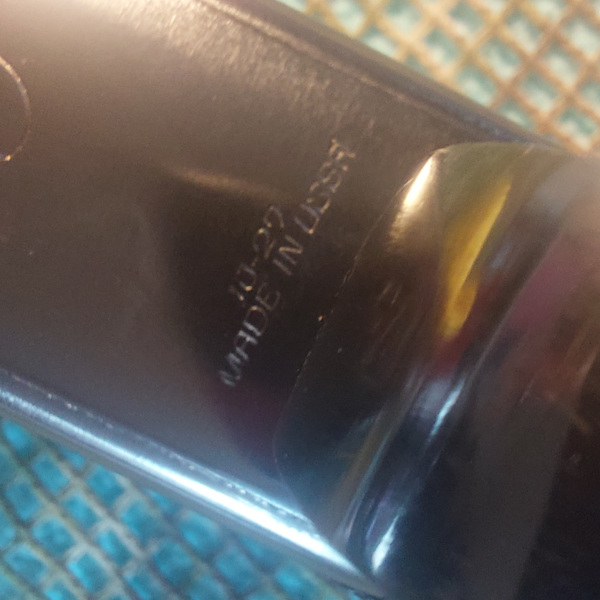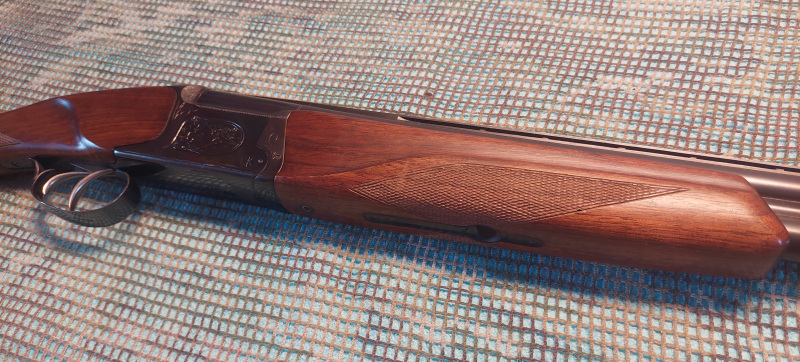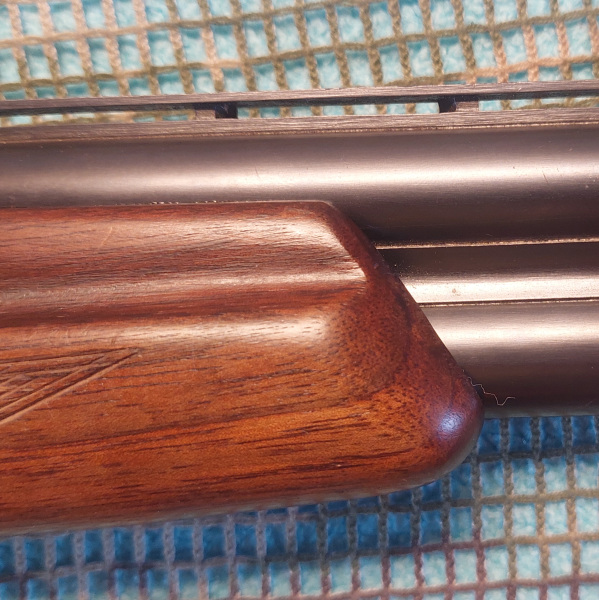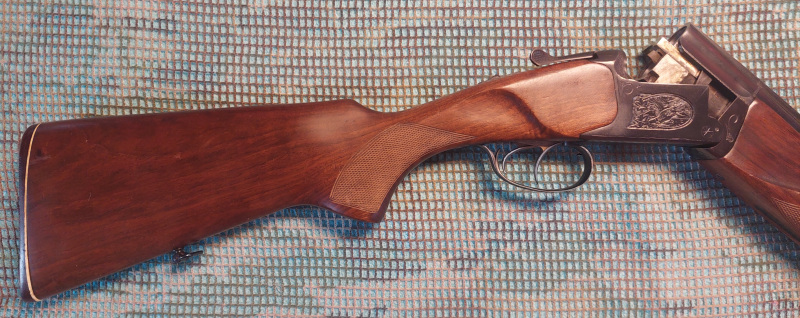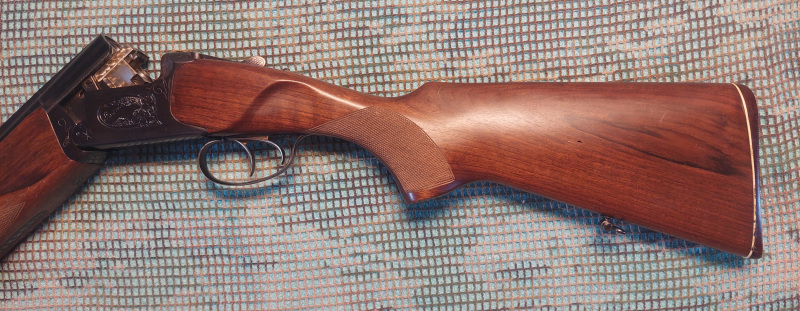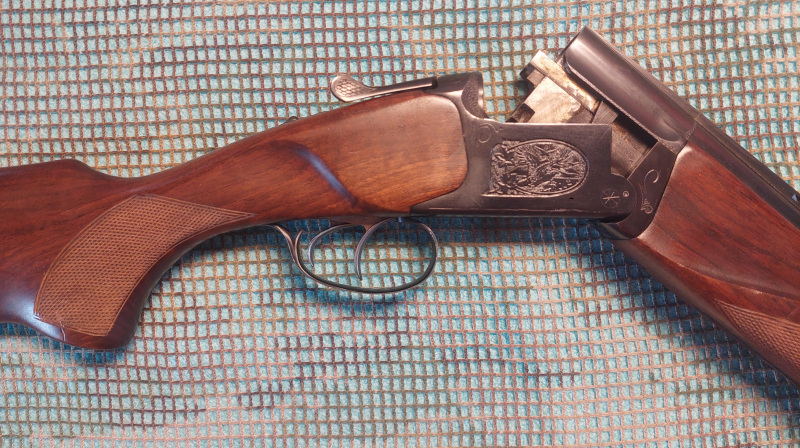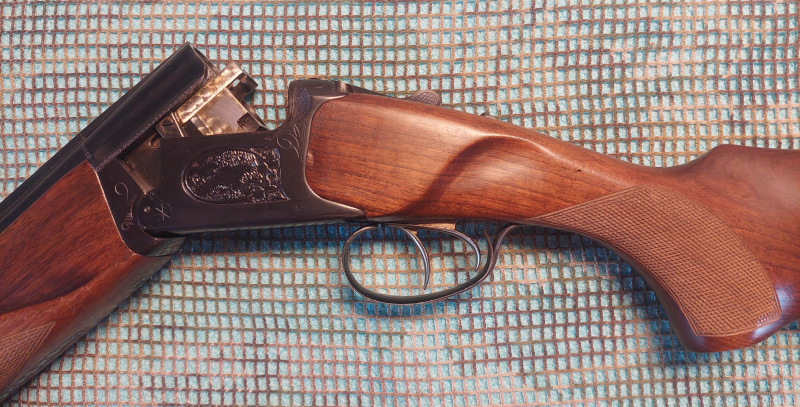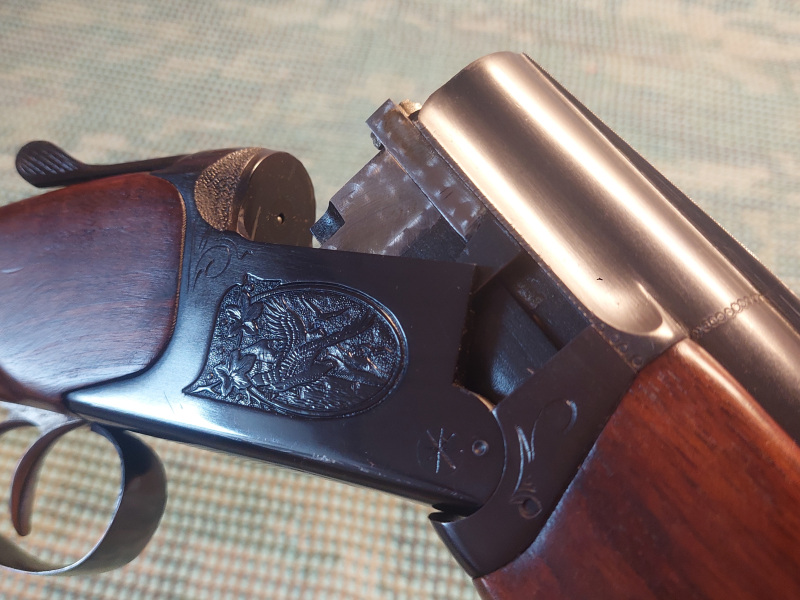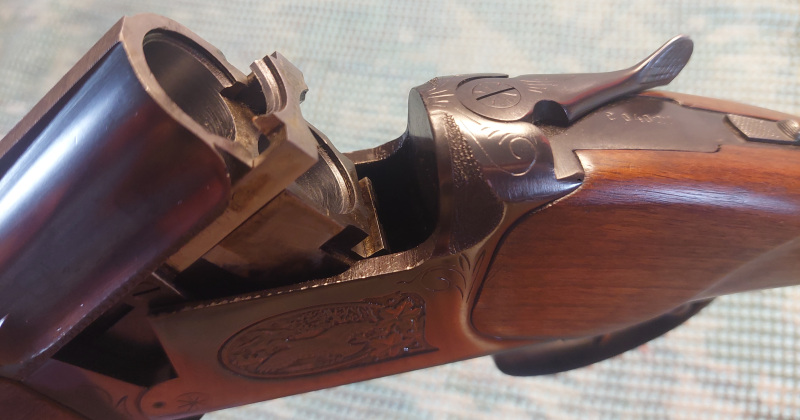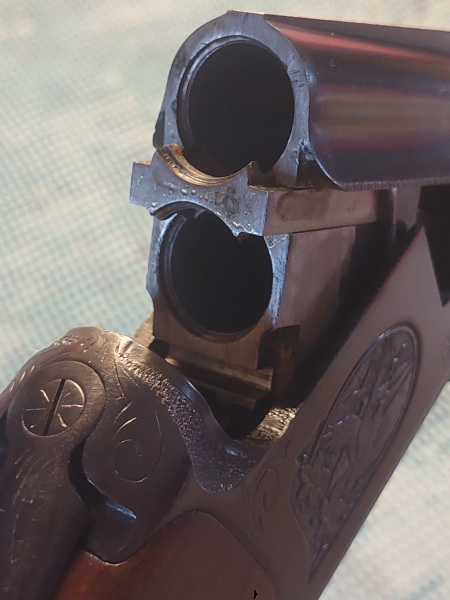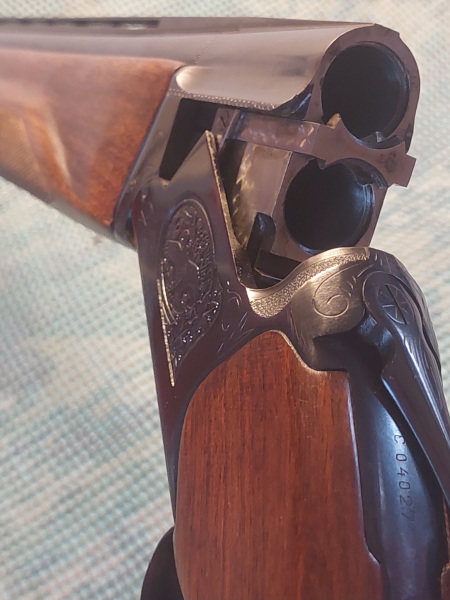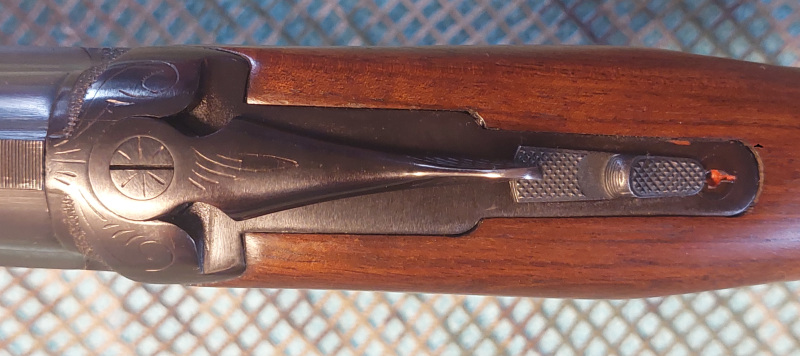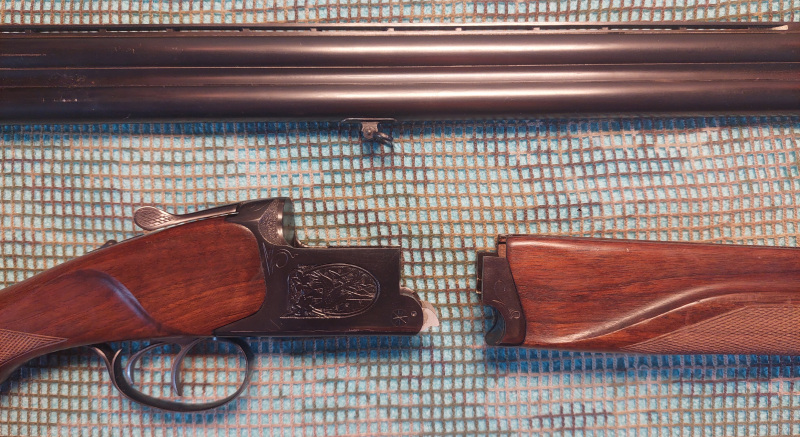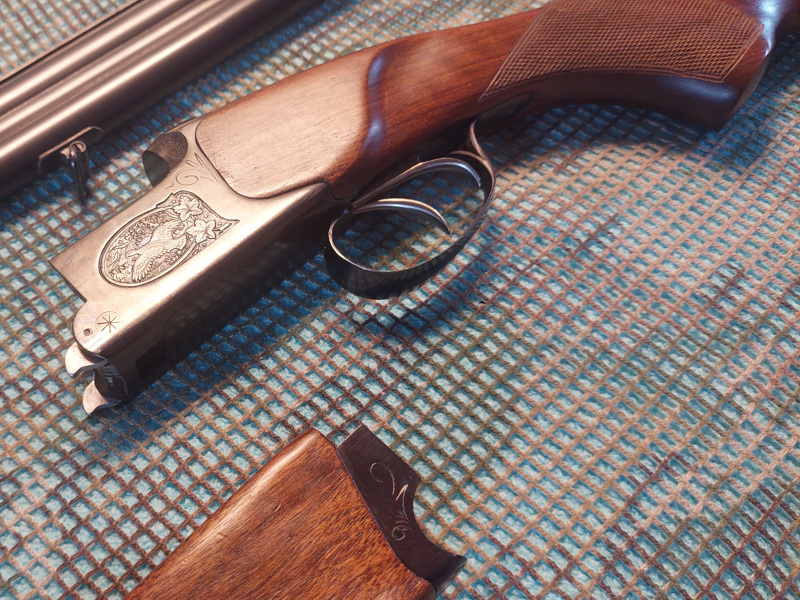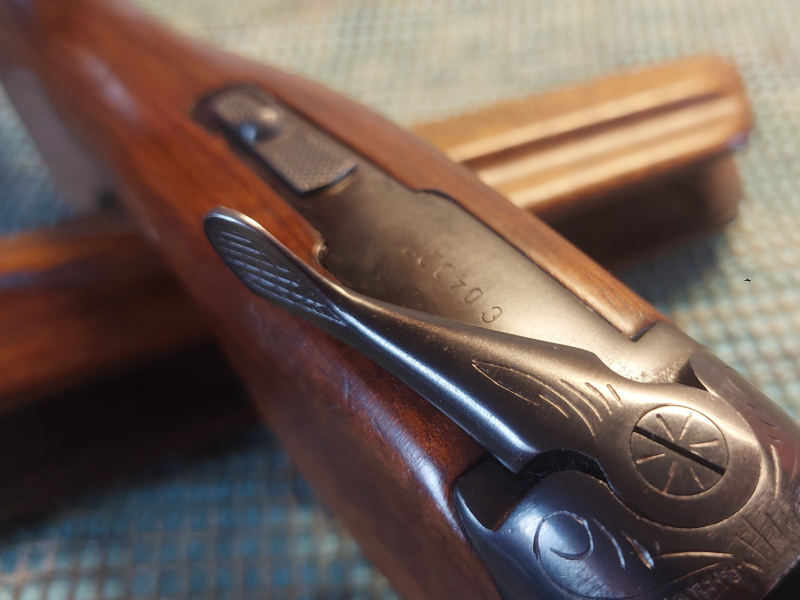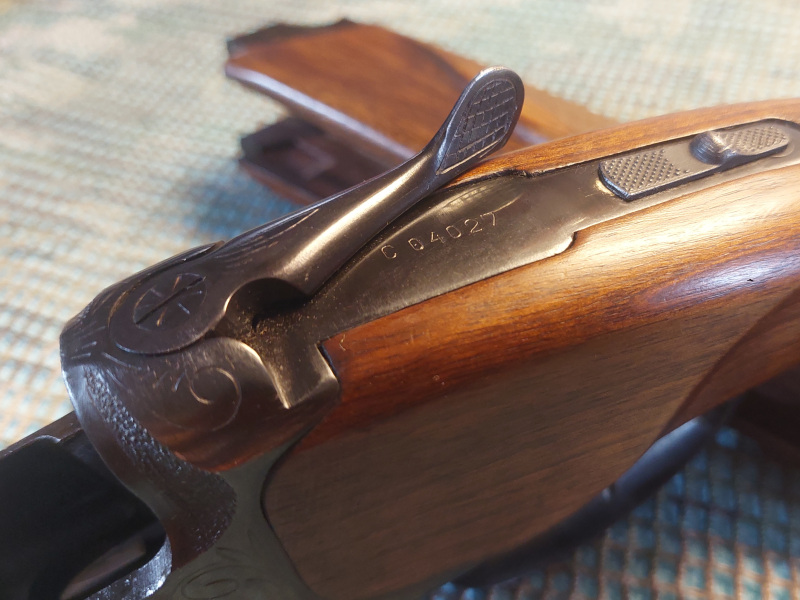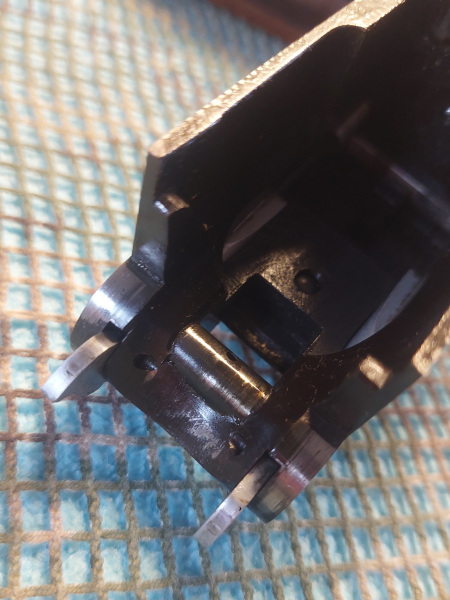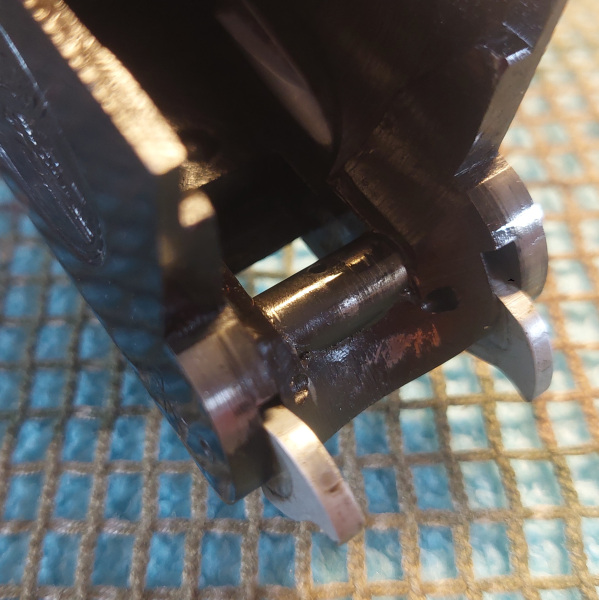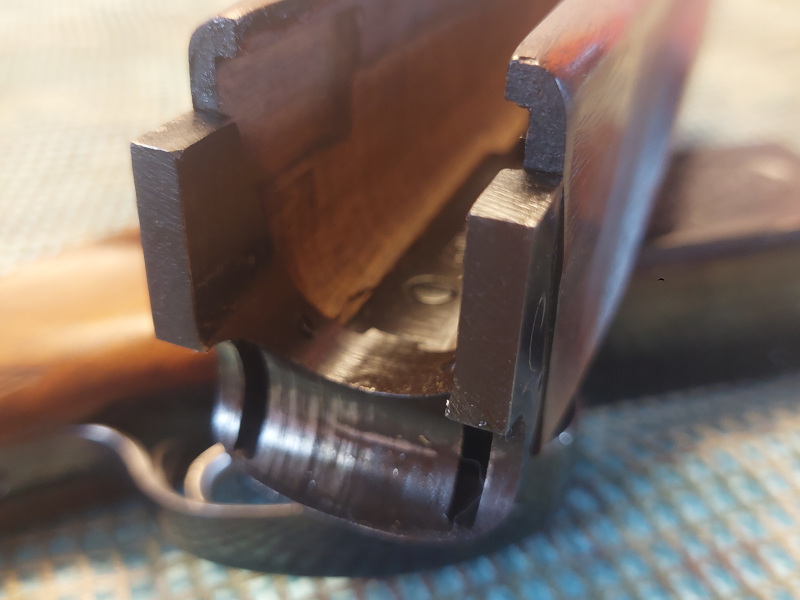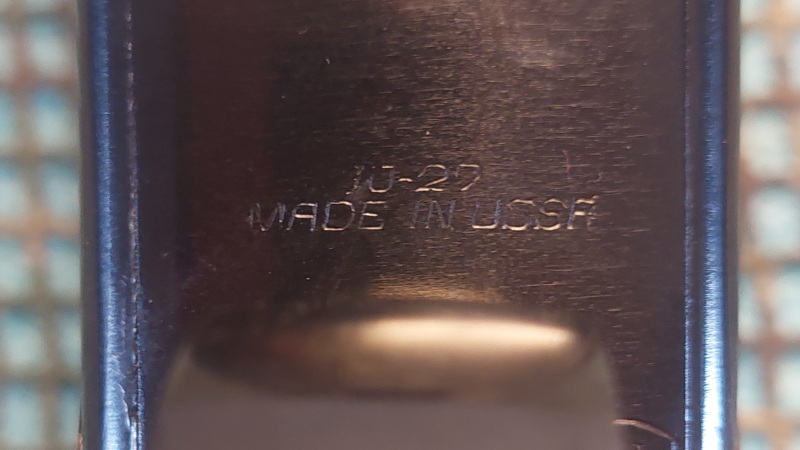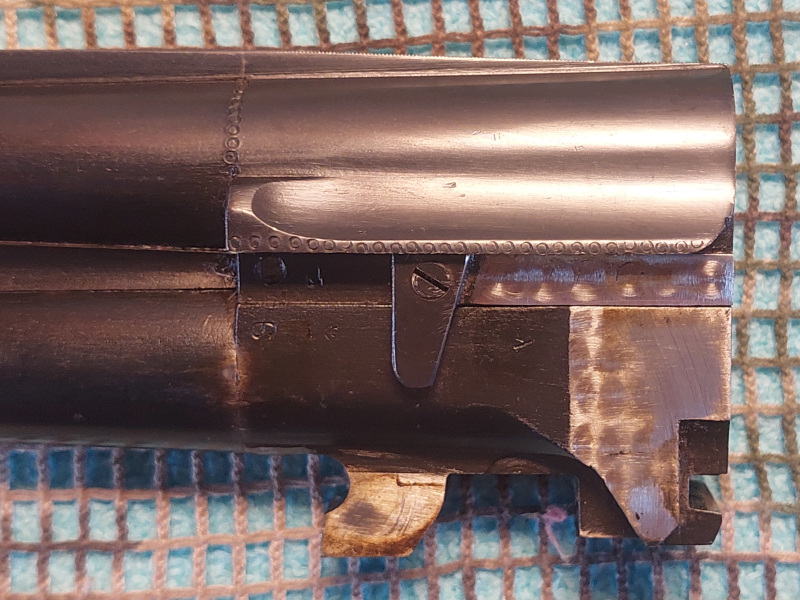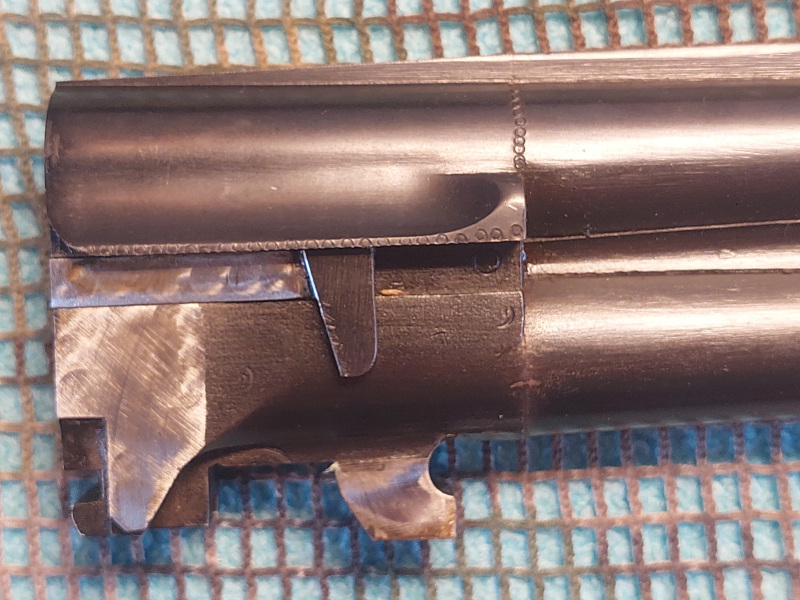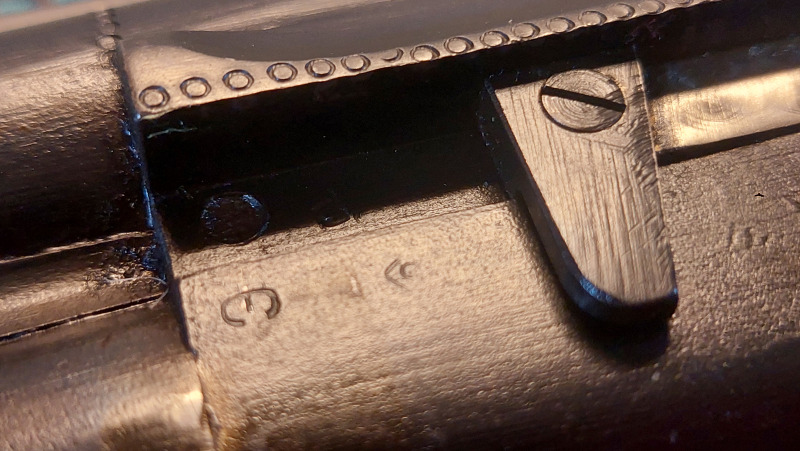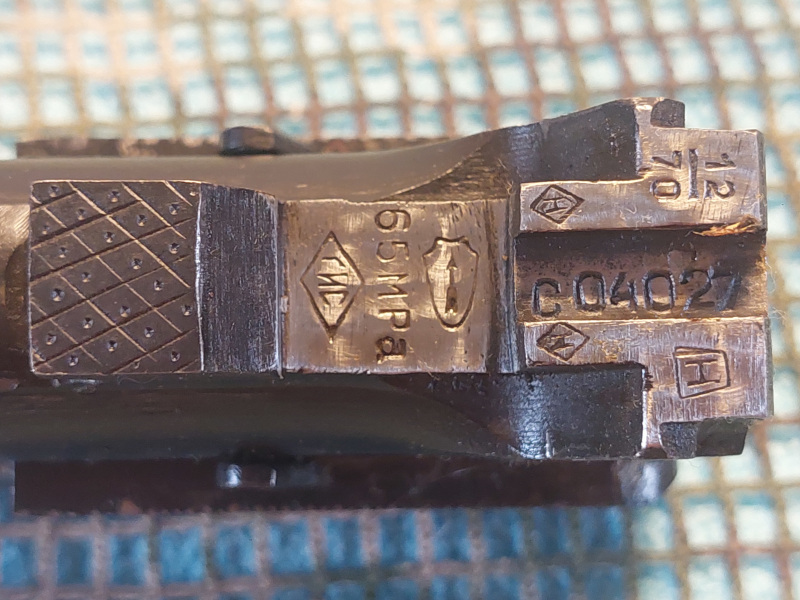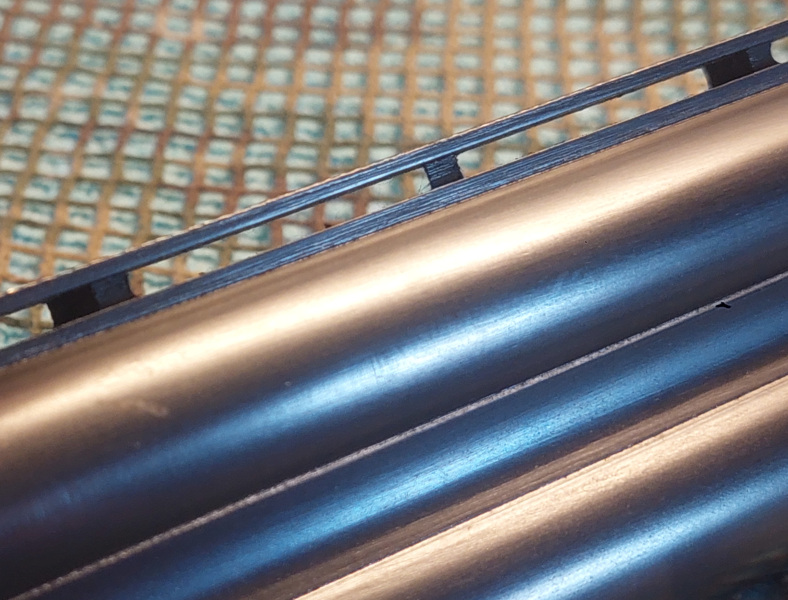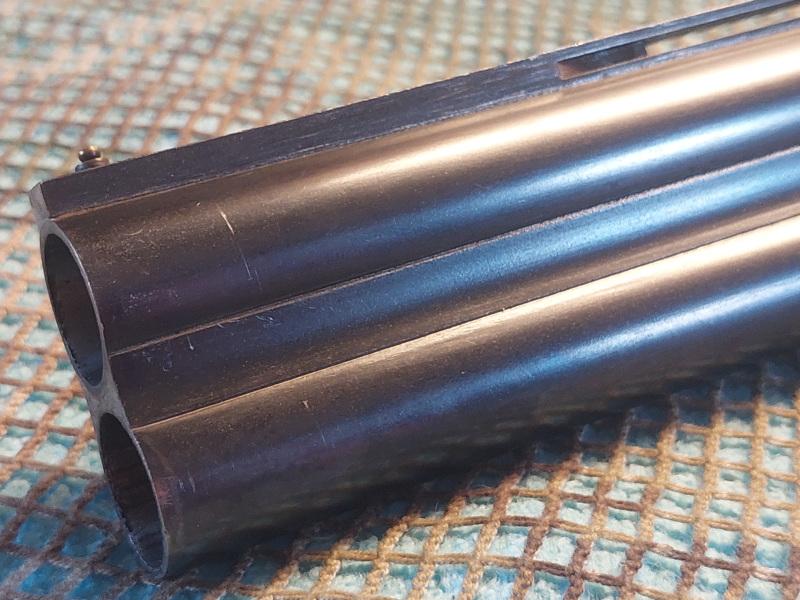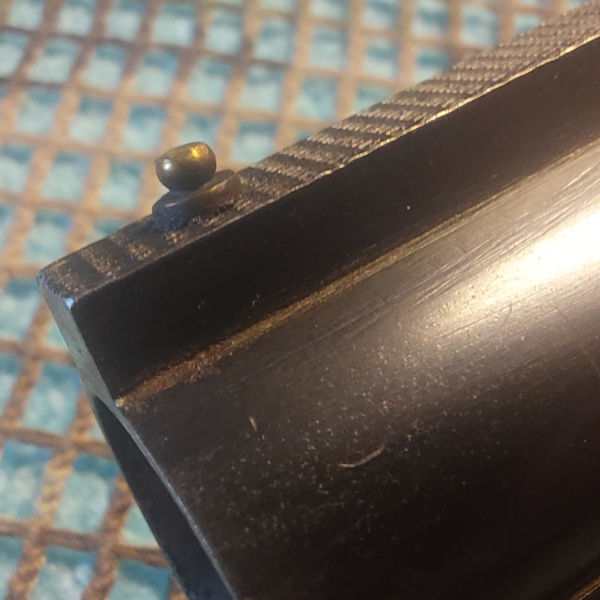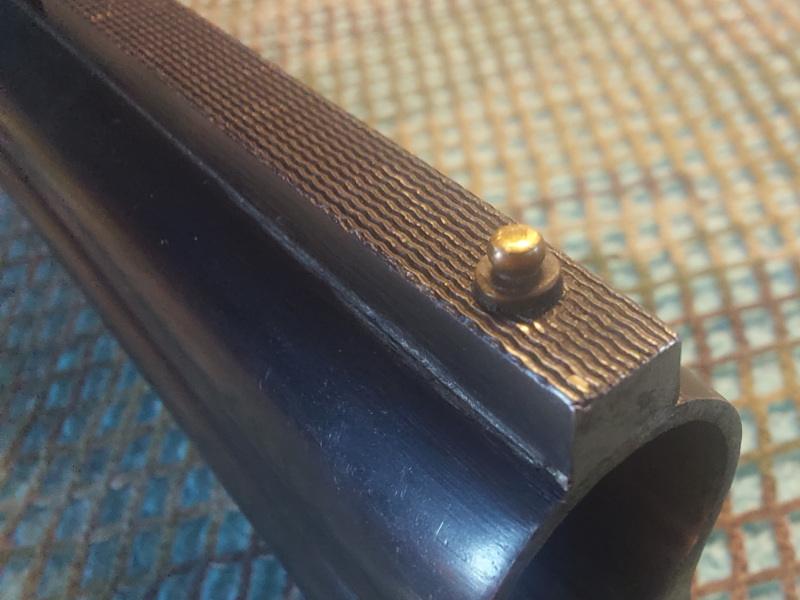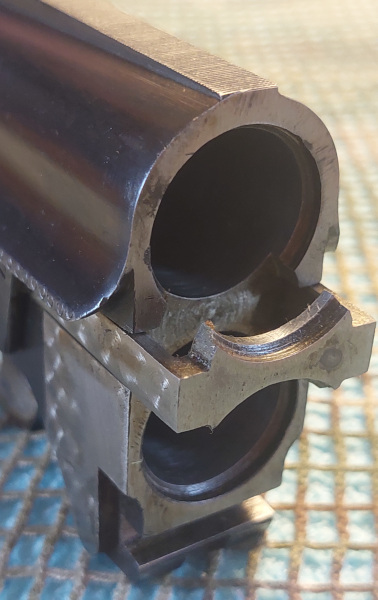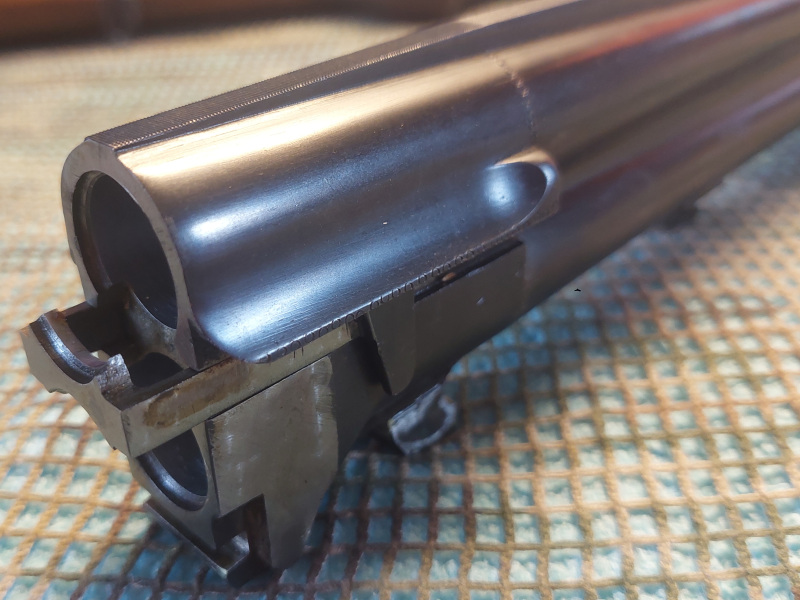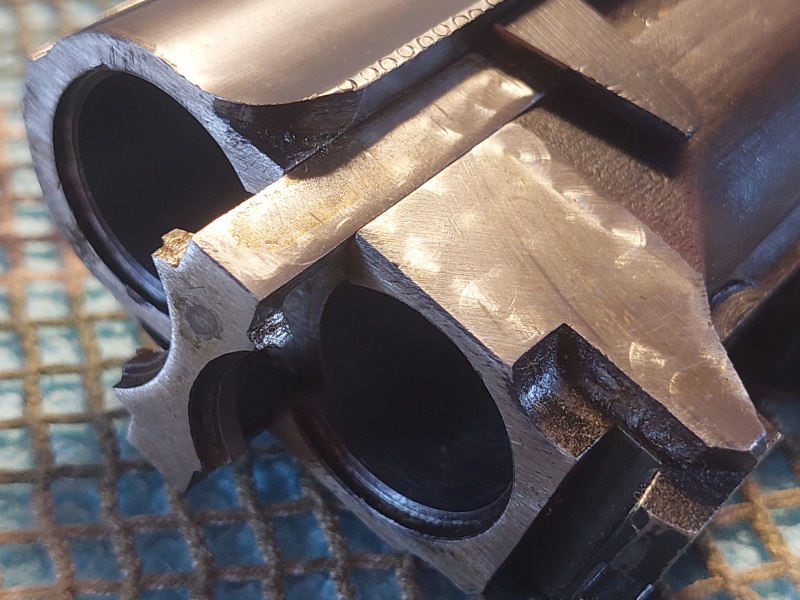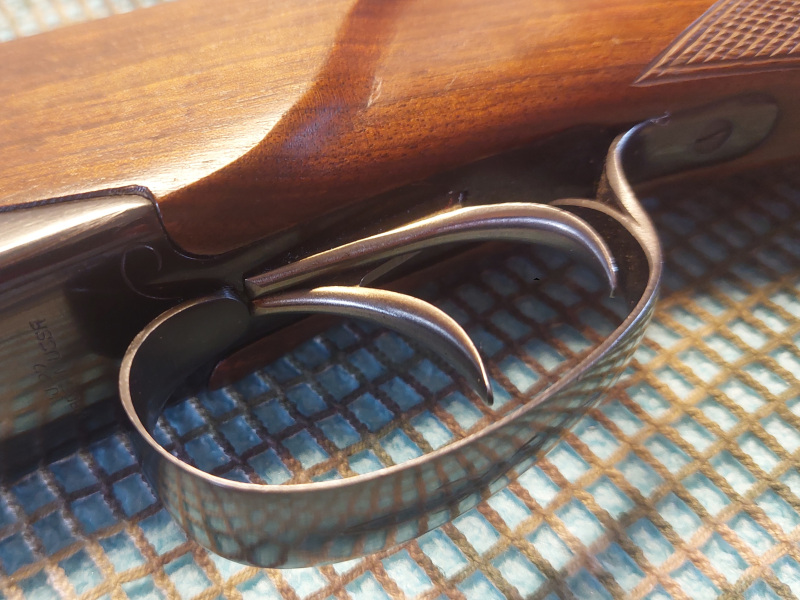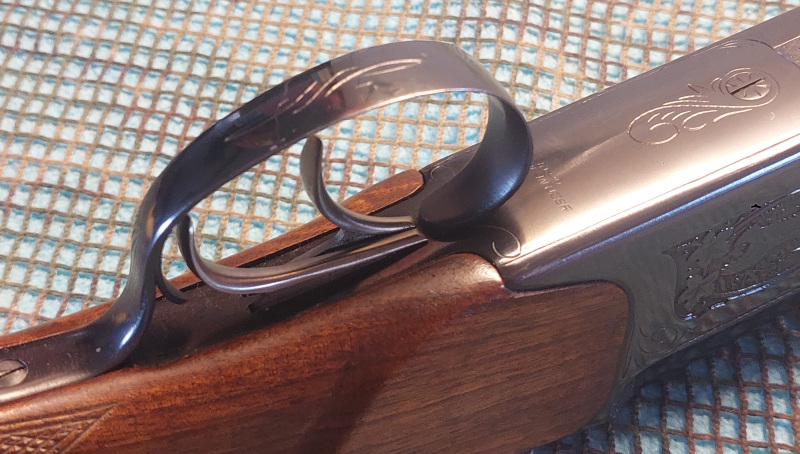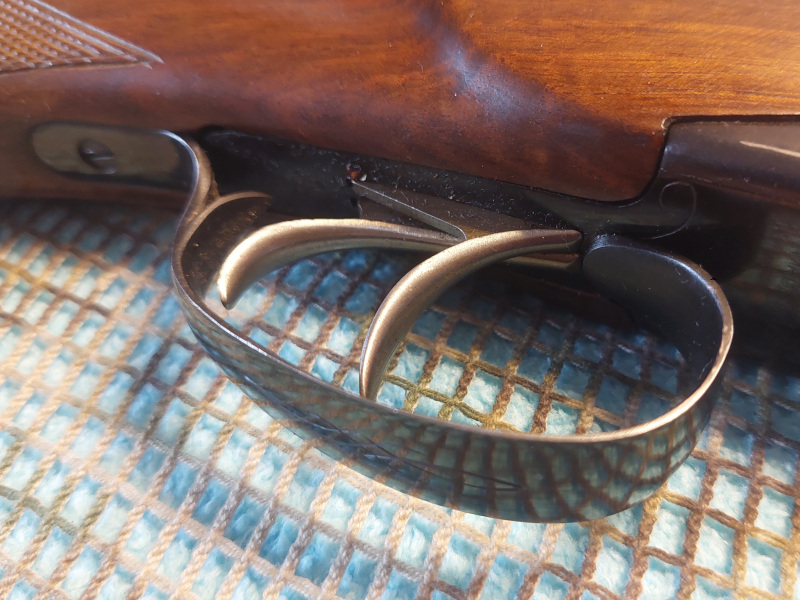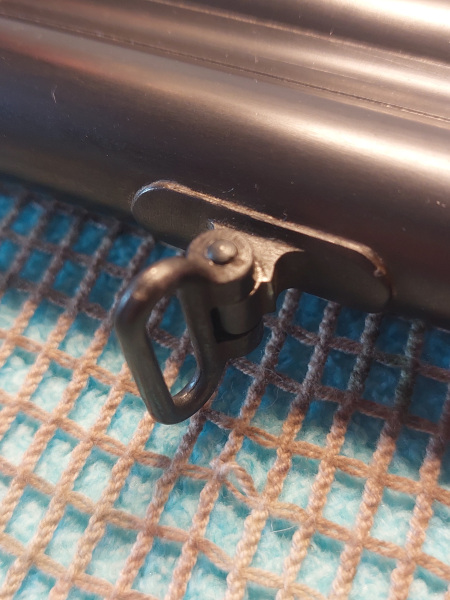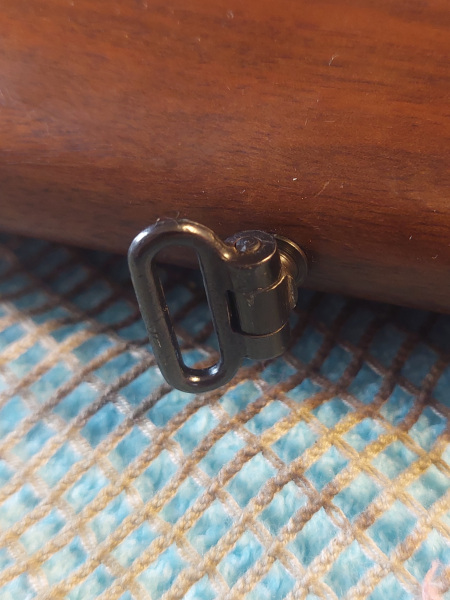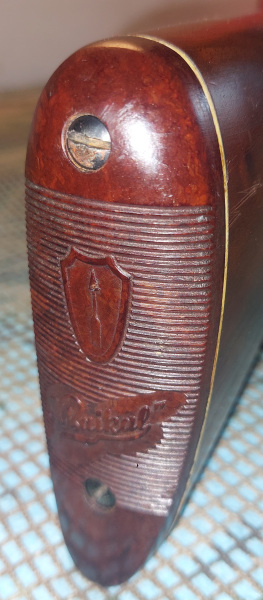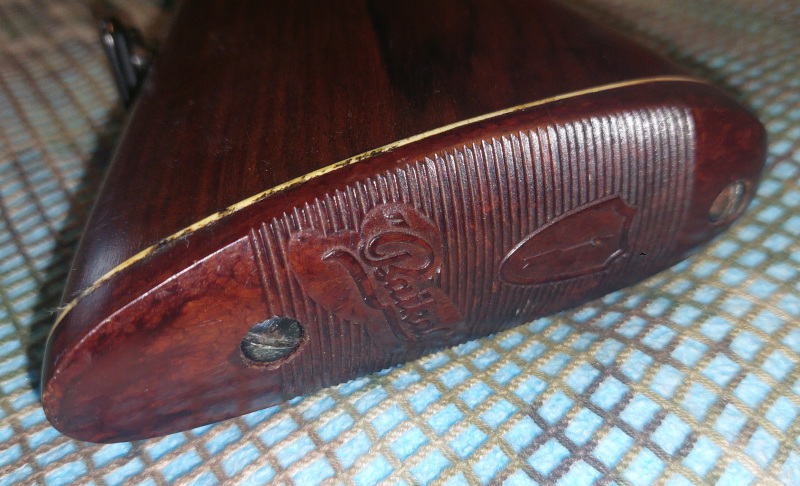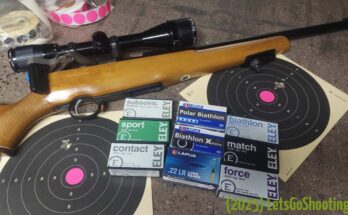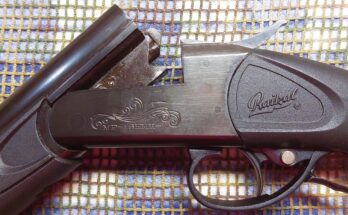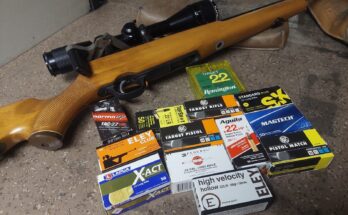The Baikal IJ-27 is a well-known Russian over-and-under shotgun, appreciated for its rugged construction, straightforward design, and dependable performance. Manufactured by Baikal, a brand with a long-standing reputation for producing affordable and reliable firearms, the IJ-27 is a popular choice among hunters, sport shooters, and firearm enthusiasts looking for a no-frills, functional shotgun.
Baikal IJ-27
Chambered typically in 12/70, the Baikal IJ-27 features two vertically stacked barrels with fixed chokes—commonly full choke on the upper barrel and half choke on the lower. This configuration makes it suitable for a variety of hunting scenarios, from upland game to waterfowl. The shotgun is equipped with a double trigger system, allowing the shooter to select which barrel to fire first, and includes an automatic safety located at the grip neck.

- 12/70gauge
- 45.3″ overall (1150mm)
- 14.2″ length of pull (360mm)
- 28.5″ barrels (725mm)
- ventilated rib
- fixed chokes
- 3/4 – 1/2
- built 19771
This model has very nice engravings, these are more detailed than engravings of the standard model.
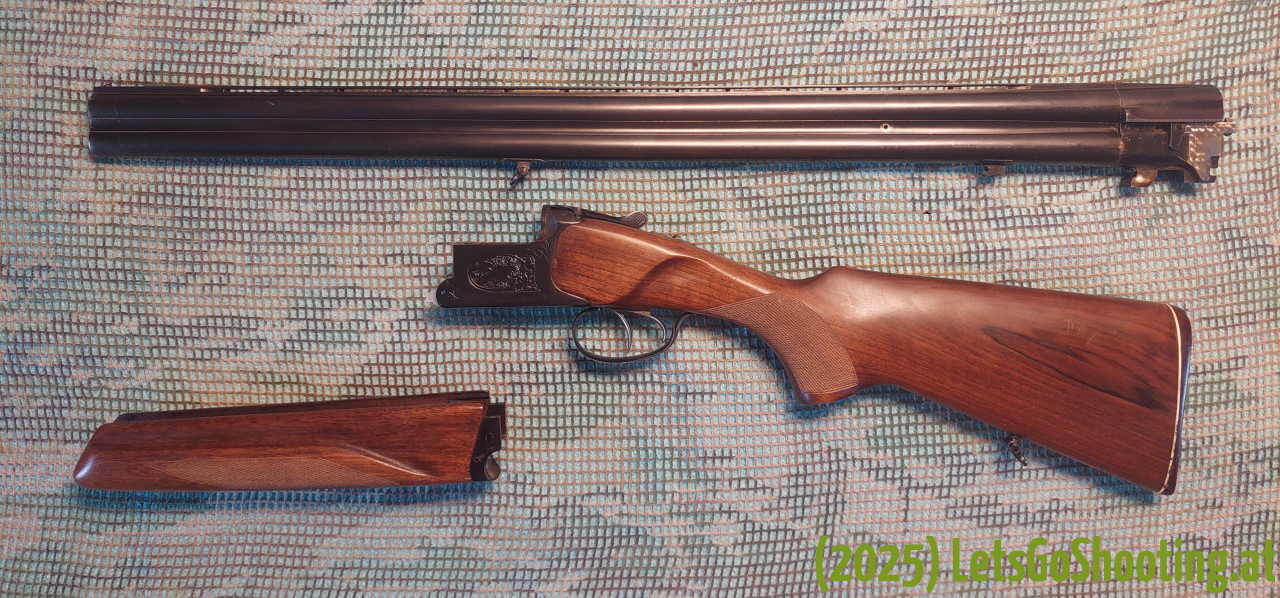
The Baikal IJ-27 break-action mechanism is simple and robust, contributing to its reputation for reliability in the field. The barrels are approximately 725 mm long, and the overall length of the firearm is around 113 cm. The stock is traditionally made of hardwood, often birch or beech, with checkering on the grip and fore-end for better handling. A soft recoil pad is usually fitted to enhance shooting comfort.
Though not considered a luxury firearm, the Baikal IJ-27 has earned respect for its durability and practicality. Many older models from the 1970s and 1980s are still in active use today, a testament to the gun’s longevity. It is commonly found on the second-hand market, often in good condition, and remains a solid option for those seeking a reliable shotgun without breaking the bank.
In summary, the Baikal IJ-27 is a straightforward, hard-working shotgun that delivers consistent performance—ideal for hunters who value function over frills.
description by Copilot, approved by LeGoS 😉
- Letter code: The first letter of the serial number usually represents the year of manufacture (e.g. “C” = 1977, “D” = 1978, etc.) ↩︎
